Unleash Your Inner Wanderer: Dive into Spain's Hidden Gems for Insider Adventures, Epic Wanderlust, and Must-See Travel Tips
The Must See Spain Blog
A Traveler's Guide
by Kristin Espinar
Welcome to the
search our blog for help!
Hey! Do you have any advice on...
Segovia sits in the high plains of central Spain like it’s been waiting. The kind of place where the buildings still do what they were built to do—hold weight, frame quiet, cast long shadows in the afternoon. No one polished the stone to please visitors. It’s just there, worn smooth where hands and feet and weather have worked on it for centuries.
You arrive, and it looks straightforward: a Roman aqueduct, a castle that seems one gust of wind away from flight, a handful of churches, old houses, steep streets. But move a little slower, and details start to emerge. A window shutter with chipped paint. A butcher sweeping out his doorway. Locals ducking into a bar at noon for wine and something fried. Segovia isn’t performing. It’s just existing, and you’re lucky to pass through.
This guide isn’t about big reveals. It’s for travelers who notice small things. Who like their cities with a bit of edge, a lot of history, and no need to explain themselves. If you’re wondering what to do in Segovia, start by showing up curious—and take it from there.
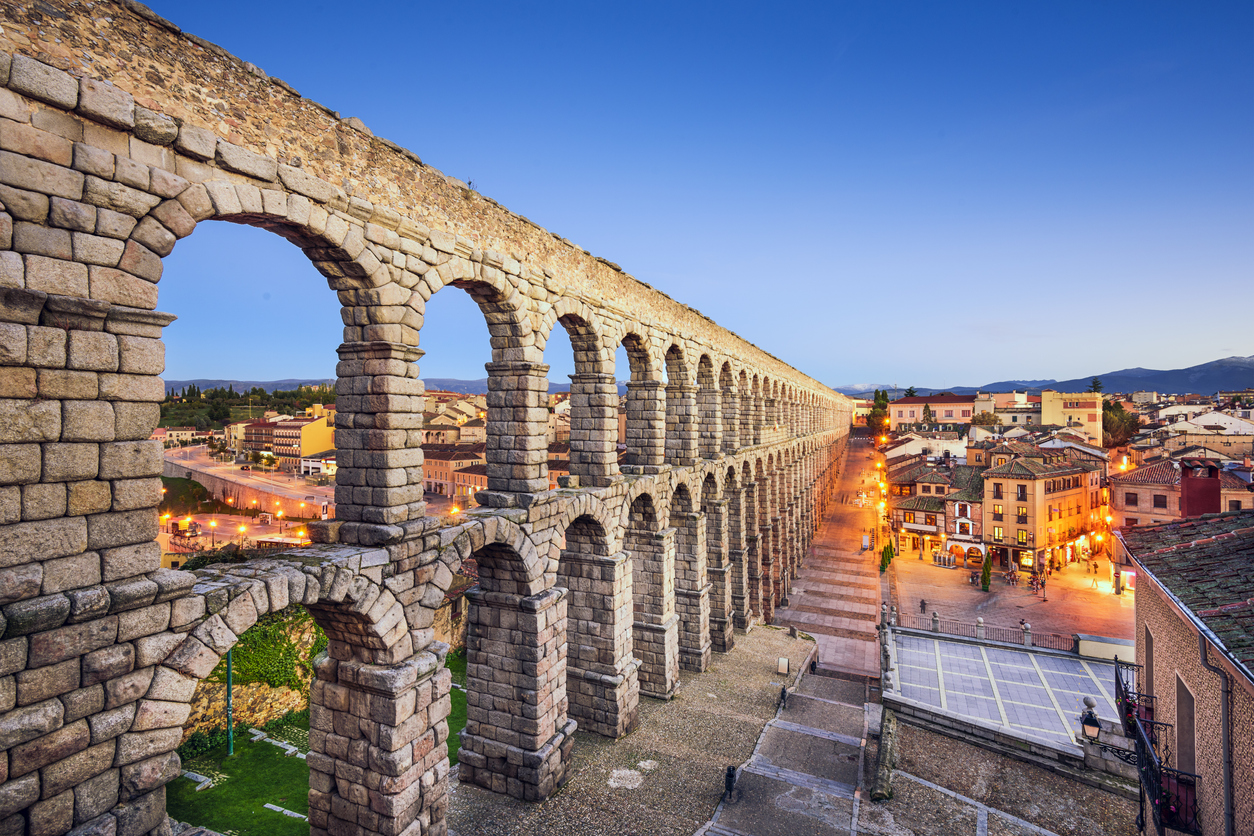
I first tasted Spain the way it’s meant to be tasted—standing, sweating, and a little lost in a side-street bar in Granada. A toothpick jabbed through a chunk of salt cod landed next to my beer. I hadn’t asked for it, didn’t question it, I ate it, and something shifted. The food didn’t whisper. It barked. It didn’t care if I was ready—it was already halfway down my throat. Spanish cuisine in Spain isn’t a curated dining experience—it’s survival with seasoning, ritual with smoke, pride served hot or cold depending on the region. It’s not built to impress you. It’s built to feed you like you belong—or don’t.

Zaragoza doesn’t try to keep up. It never has. While Madrid rushes and Barcelona dazzles, this Aragonese capital moves at its own thoughtful pace—balanced, steady, and anchored in centuries of doing its own thing.
Here, Roman ruins live across the street from family-run tapas bars. Churches hold world-class art like it’s no big deal. Locals don’t perform for tourists, and somehow, that makes the city feel more generous. Zaragoza doesn’t need to sell itself. It’s been around long enough to know that the right people will get it.
What follows isn’t a checklist or a highlight reel. It’s a guide to the places, flavors, and moments that make Zaragoza worth knowing—on its terms.
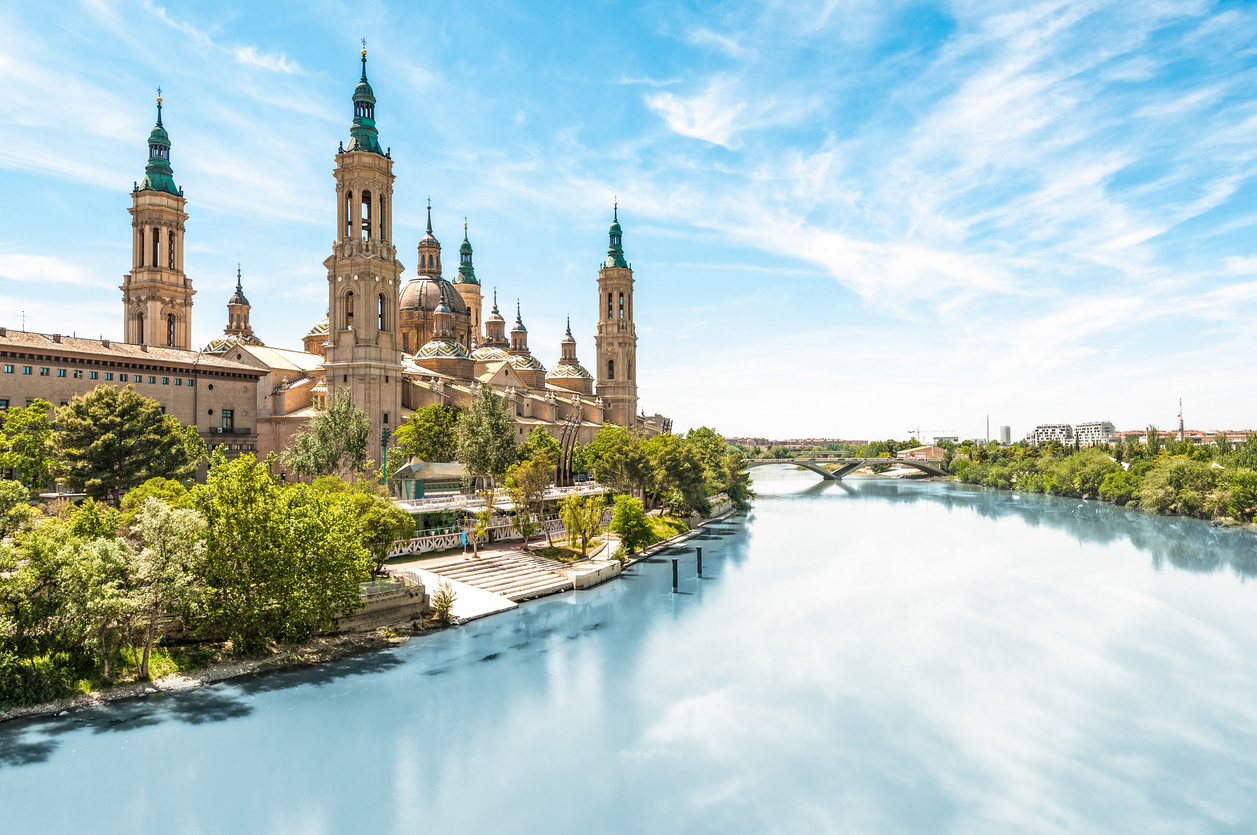
Mallorca, Spain. You’ve seen the pictures—turquoise coves, terracotta villages, olive trees twisted like arthritic dancers. Maybe you thought, “Too pretty to be real.” Fair. But here’s the thing: it is real. And it’s not just some glossy escape for yacht owners and influencers doing sponsored twirls in linen. Mallorca is deeper than that. More textured. It’s a place where the sea isn’t just blue—it’s moody, electric, and weirdly honest.
This isn’t a destination guide written in travel agency speak. This is what you need to know if you’re craving something real in Mallorca: where to go, what to avoid, how to stay smart, and how to leave with stories instead of just pictures.
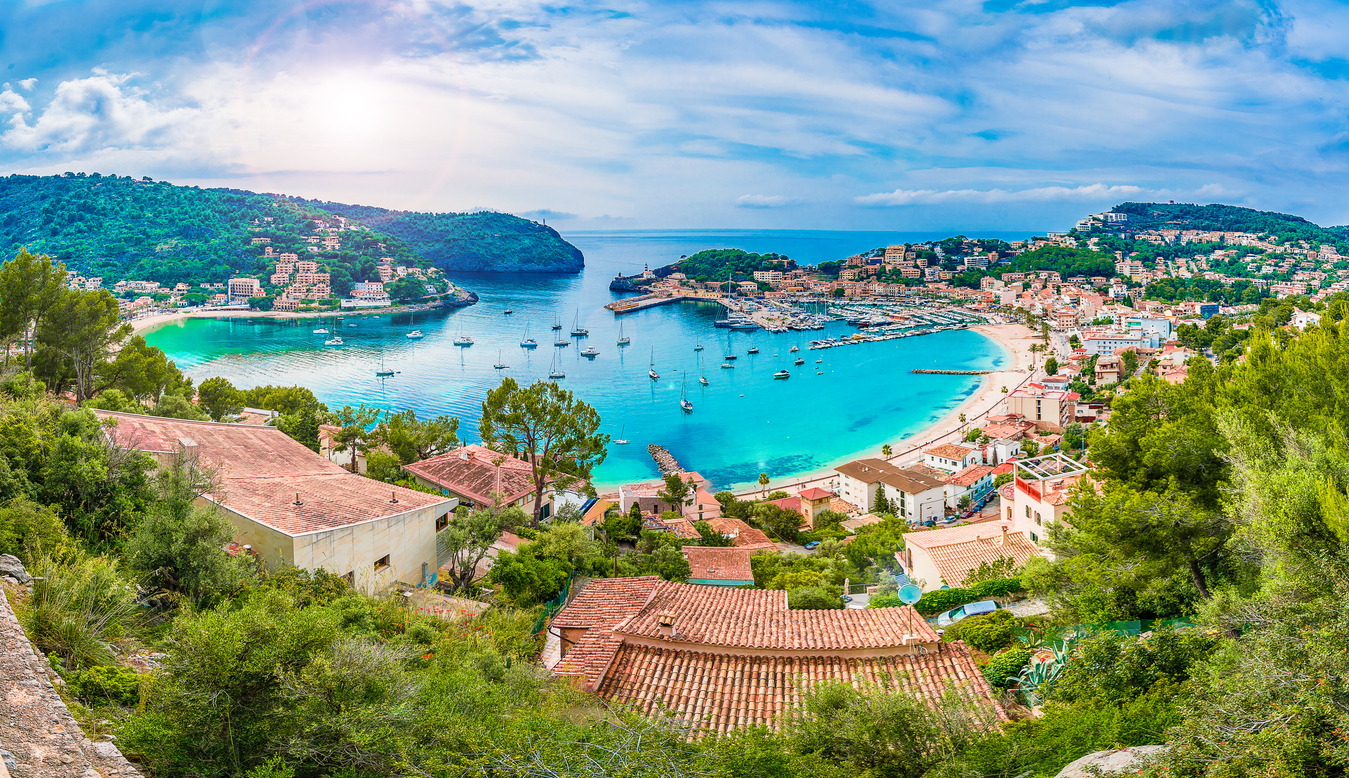
Madrid has rhythm. It thrums with art, wine, and heat, pulling you into late-night dinners, lazy breakfasts, and endless museum strolls. But even this magnetic city has its limits. Sometimes you need a breather—a hit of medieval drama, mountain air, or roast pig with a side of centuries-old walls.
Enter: the day trips from Madrid that aren’t just easy—they’re essential. Below, you’ll find four tried-and-tested escapes that offer different flavors of Spain, just a short ride from the capital. And we’re not talking vague “explore the area” fluff. We’re getting into the nitty-gritty—what to do, where to eat, exactly how to get there, and which tours are actually worth your time.
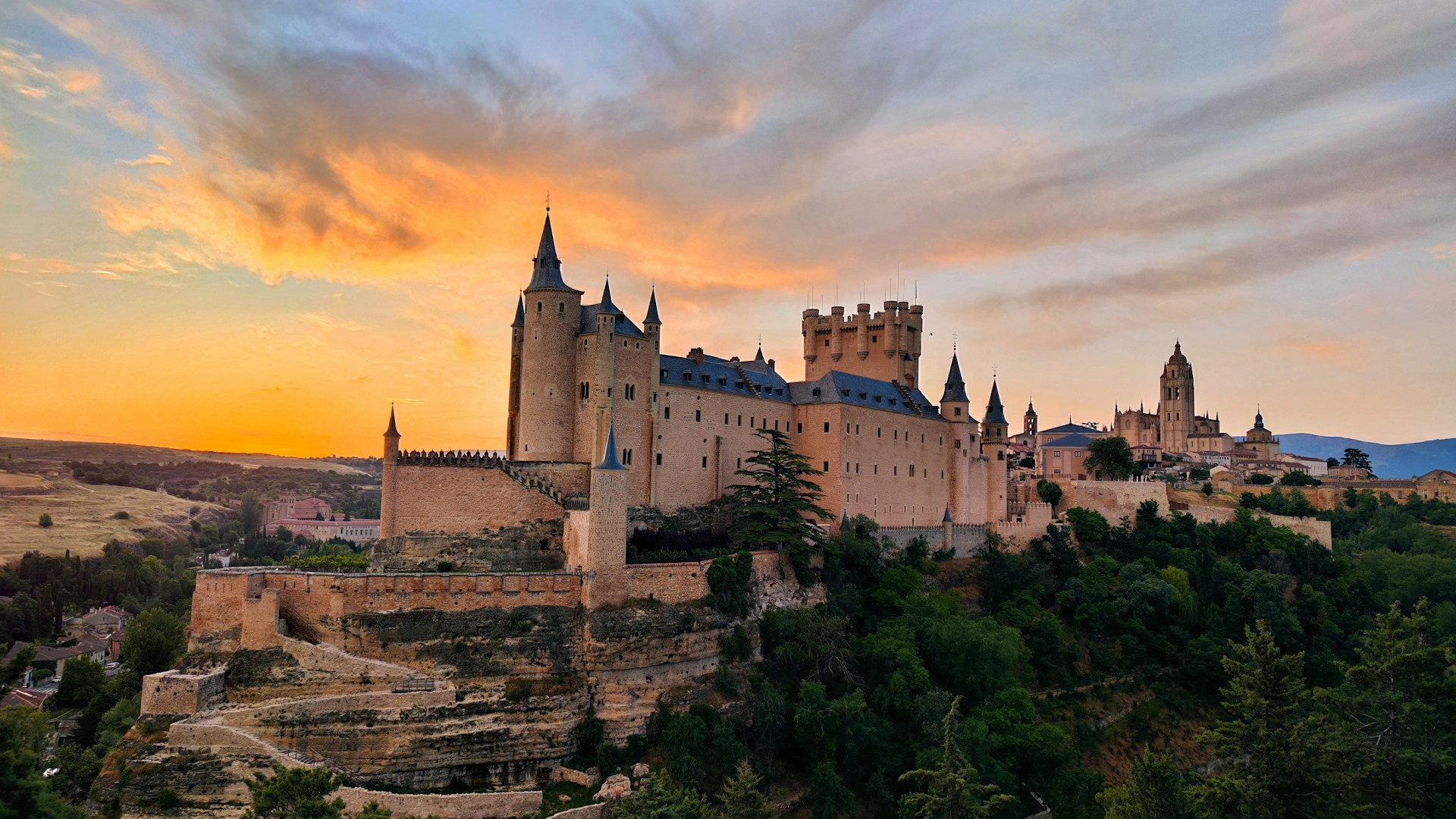
Some places demand your attention. Others earn it quietly. The Alhambra in Granada, Spain, doesn’t push for admiration—it pulls you in slowly, then stays with you. From a distance, it seems almost subdued: a reddish fortress sitting above the city, calm and still. But that stillness holds weight.
Step through its gates, and you’re not just walking into a palace—you’re stepping into an idea. A philosophy built in stone, geometry, and silence.
This guide isn’t about hitting tourist high points. It’s about helping you experience the Alhambra on its own terms—with context, clarity, and enough preparation to actually enjoy it once you’re inside.
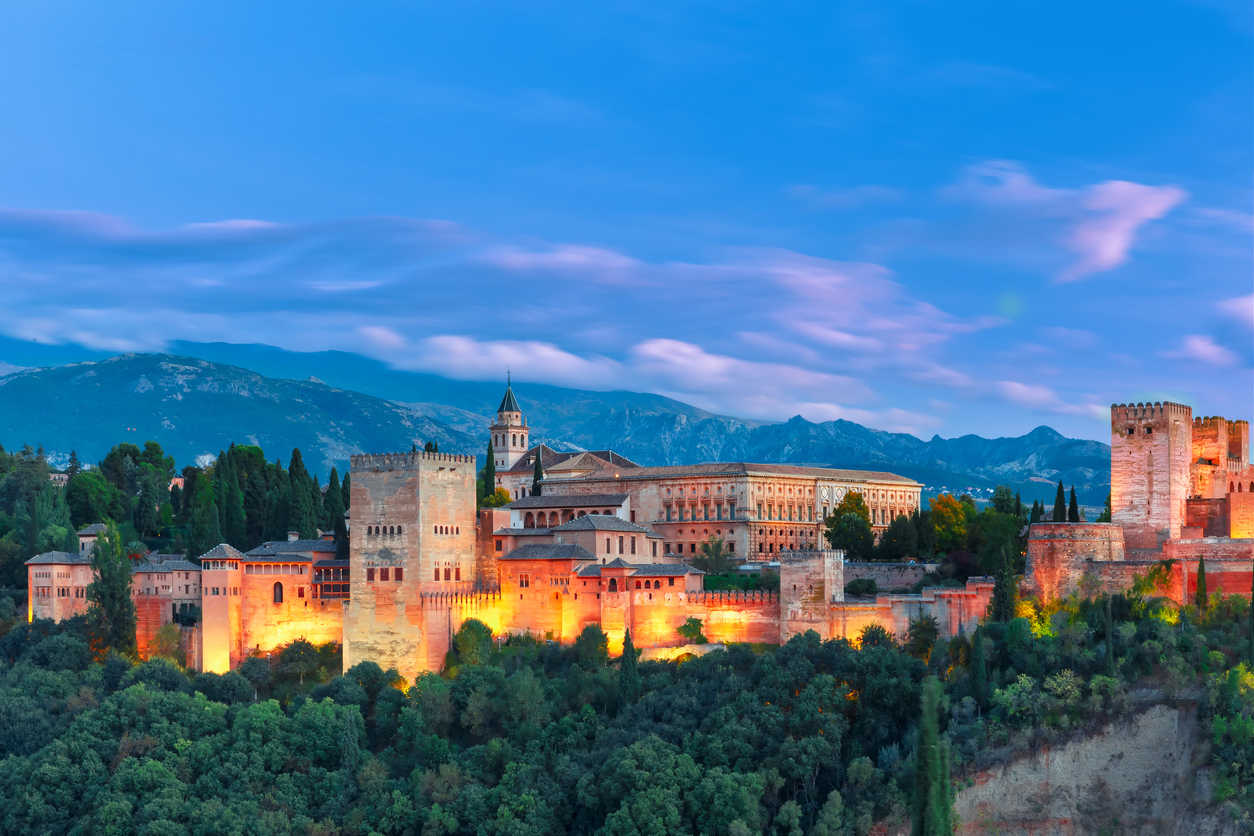
Seville Boutique Hotels The right place to stay doesn’t just check boxes. It sets the tone for your whole trip. And in Seville, that tone is slow and sun-soaked, with a quiet undercurrent of elegance. The kind that doesn’t try too hard—and doesn’t need to. That’s why Seville boutique hotels work so well here. They’re […]
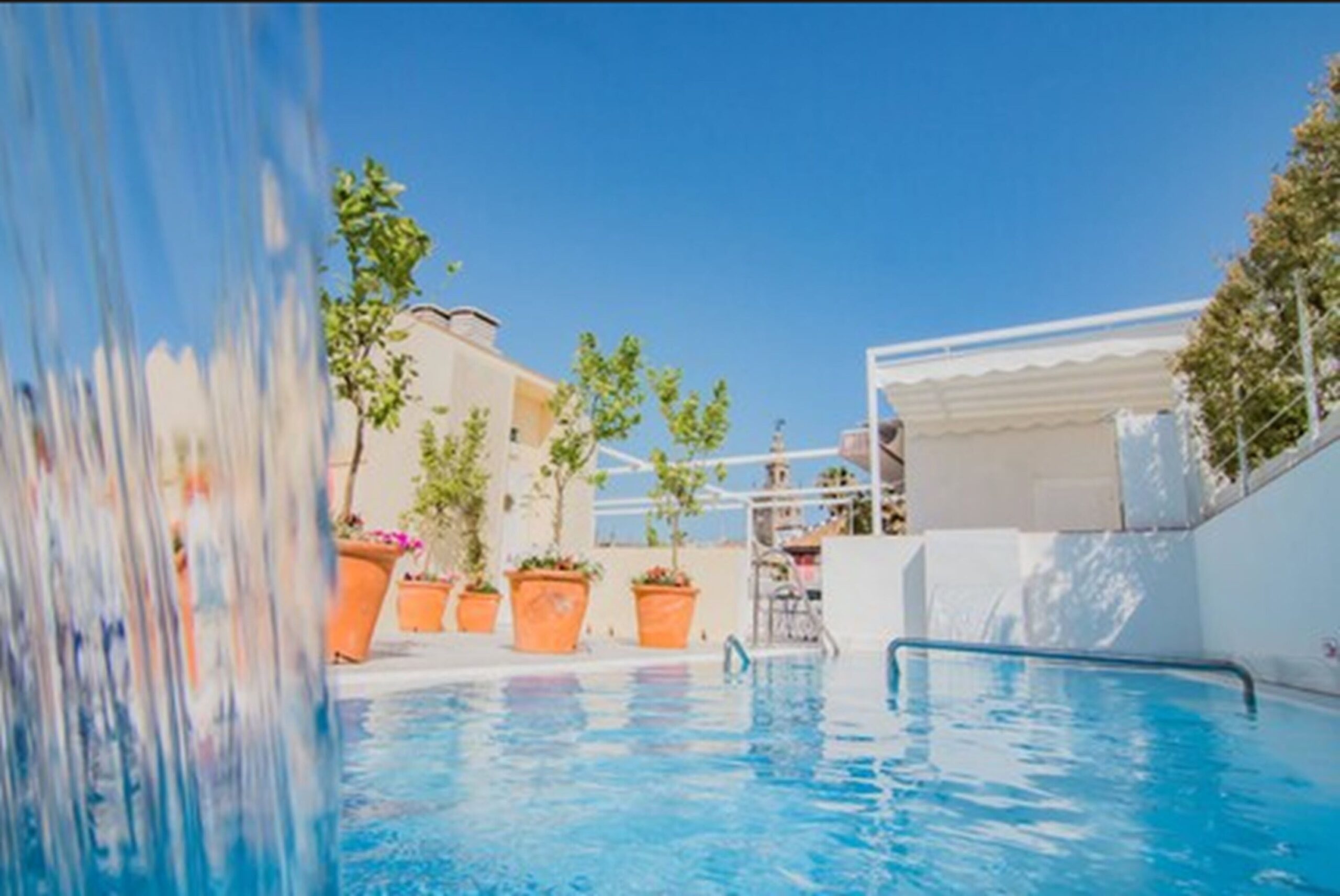
The Gothic Quarter isn’t a place you visit—it’s a place that gets under your skin. One minute you’re sipping espresso in a candlelit square. Next, you’re stepping through a Roman arch on your way to dinner. It’s shadowy, textured, cinematic. And if you’re staying here, your hotel should match the mood.
The best hotels in Gothic Quarter Barcelona don’t just offer a bed—they drop you into the story. Think rooftop pools above cathedral spires, courtyards that hush the city noise, and interiors that feel more like an artist’s vision than a booking.com listing. And yeah, the minibar matters too.
Whether you’re drawn to the clean lines and cathedral views of H10 Madison, the rooftop indulgence and spa offerings at Ohla Barcelona Hotel, the secret-garden calm of Hotel Petit Palace Boqueria Garden, or the ancient stone elegance of Mercer Barcelona, there’s a boutique hotel here that fits your rhythm.
They’re all different—some sexy and modern, some rooted in medieval bones—but each one earns its place in this storybook part of the city.
Let’s get into it.
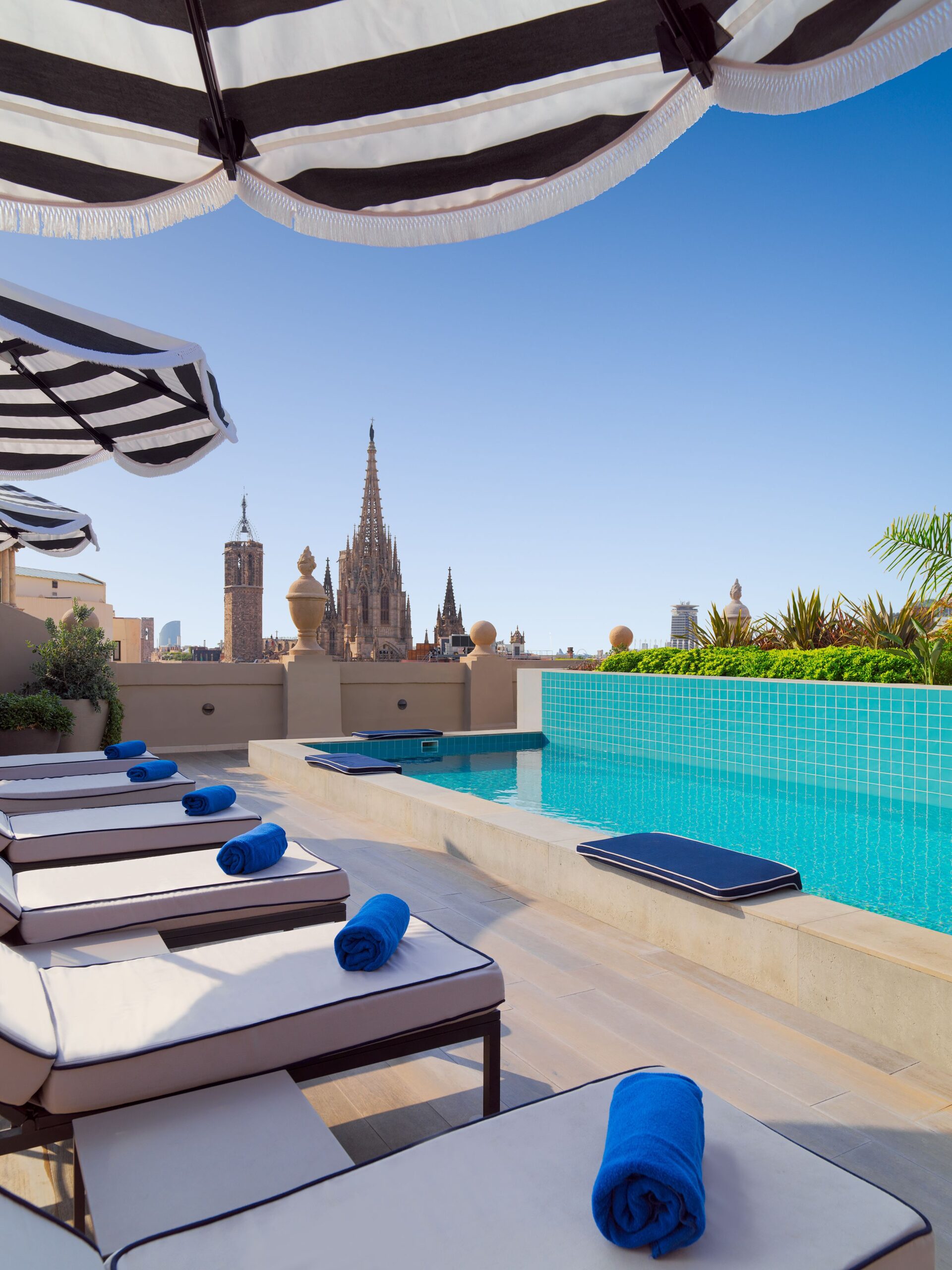
You don’t just walk into the Barcelona Spain Gothic Quarter—you slip into it. The air shifts. The streets narrow. The light bends against centuries-old stone like it’s part of the architecture. One turn and you’re in a Roman ruin. The next? A wine bar with exactly six stools and more character than a museum.
This is the oldest part of Barcelona, but it’s not stuck in the past. The Gothic Quarter wears time like a favorite leather jacket—broken in, better with age, and full of stories it won’t tell just anyone.
If you’re the kind of traveler who likes your cities layered—where espresso comes with a side of ancient history and every alley dares you to follow it—this is your zone. Let’s get into the best things to do, where to eat, the coolest boutique hotels, and a few curated experiences that make the Barcelona Spain Gothic Quarter hit even deeper.

When you search for the best boutique hotels in Ibiza, you’re not just looking for a bed—you’re hunting for a feeling. Maybe it’s the velvet-drenched elegance of Bless Hotel Ibiza, the serene, earth-toned quiet of OKU Ibiza, the rooftop rhythm and curated chaos at ME Ibiza, or the adults-only, Negroni-at-sunset bliss of Amare Beach Hotel Ibiza.
This is the Ibiza you don’t see on the club flyers. And this is where boutique hotels come in.
The best boutique hotels in Ibiza don’t compete for your attention. They invite you to slow down and notice. They remember your name. They light the candle just before you return. They’re more than a bed for the night—they’re the mood, the setting, the vibe.
You don’t stay at these places. You stay with them.
Let’s take the scenic route through the ones worth knowing.
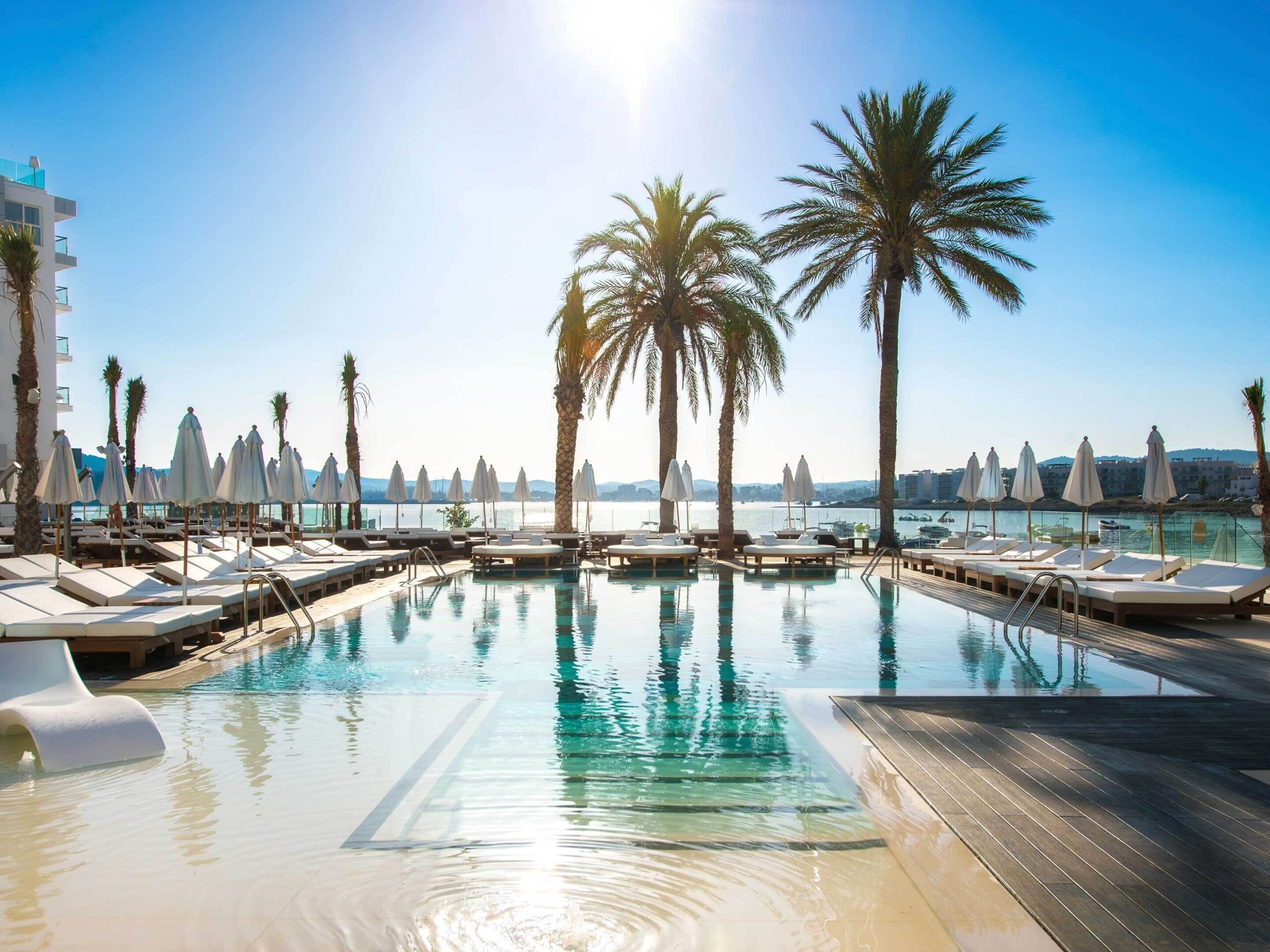
10 Essentials for your Trip to Spain
How to Sound like a local in Spain
Steal my Madrid to Andalusia 10-Day Itinerary
Like what you see? You'll love these freebies!
COPYRIGHT © 2023 - 2025 · Must See Spain | WEBSITE BY elizabeth McCravy | TERMS & CONDITIONS | IMAGES By My Brand Photographer